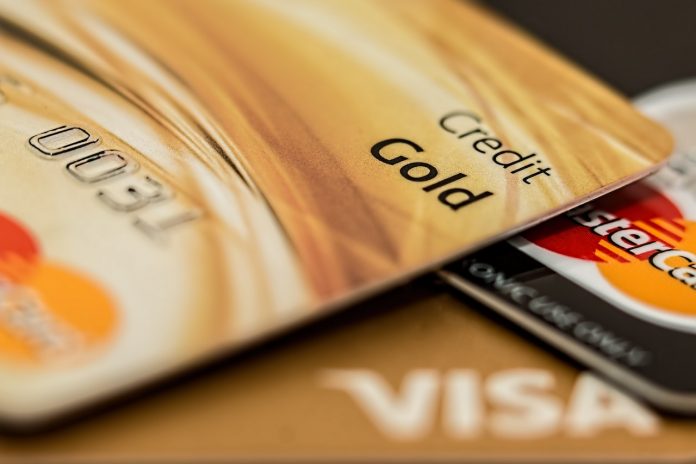A line of credit is no small task; it’s a financial tool that can either turn into a massive liability that spirals out of control or a boost that can help you capitalize on opportunity. Before deciding to apply for a line of credit, you should be aware of what this tool is, how it works, and what clauses and pitfalls you should look out for. Here are 10 things you need to know:
Line of Credit vs Personal Loan
A line of credit is often confused with a standard loan. However, a line of credit is a type of loan that only charges you interest once you start using the credit line. There is no limit as to how much of the credit line you can use at any given purchase or transaction. Moreover, you can decide on however much you want to pay per month as long as you meet the pre-agreed-upon minimum monthly requirement.
Banks and Credit Unions
Personal lines of credit are financial products offered by banks and credit unions. In fact, you may already have a similar product: your checking or savings account. Since these accounts have an overdraft protection feature that automatically limits the amount of money you can spend at any given time.
Secured vs Unsecured
Similar to loans, lines of credit are also categorized as either secured or unsecured. A secured LoC, as the name implies, is backed by either a guaranteed investment contract(GIC) or an asset, e.g. a house or car.
The downside to secured LoCs is that you lose whatever asset you use as collateral to open up the LoC in the event that you default on payments. The upside, however, is that you generally pay lower monthly payments and can open up a significantly higher line of credit.
Credit Limit
The credit limit on a personal LoC can vary based on several factors, including the type of LoC, the creditworthiness of the borrower, and any outstanding financial liabilities that the borrower has, e.g. auto or home loans. You can get anywhere from as little as $5,000 to as much as $500,000.
Using an LoC
A personal line of credit can be used via checks, cash withdrawals at accepted ATMs, and moved around linked accounts. Note that, however you use an LoC, it must be paid back at the agreed-upon time and interest rate.
Interest Rates
The interest rate for a personal LoC is much lower than credit cards, which can go as high as 28% for some department stores.
Investing Tool
A personal LoC can be used for different purposes, including making an investment. You can buy an investment asset, be it a brick-and-mortar business or shares in a company, and then sell it once the asset has appreciated. You can profit from the price difference, minus the monthly interest payments paid on the line of credit.
Insurance Add-On
A personal LoC can also come with insurance, which effectively covers the outstanding balance in the event of an accident resulting in injury or loss of life. Insurance premiums typically amount to a percentage of your current balance and will predominantly depend on the extent of coverage.
Payday Loan vs LoC
The two financial products are very similar on a superficial level, but there are also big differences between the two. For instance, the cost of borrowing for LoC applicants is significantly lower than what you pay for when you open up a payday loan.
Applying for an LoC
The process to apply for an LoC may slightly vary depending on what type of credit line you are applying for. For example, when applying for a secured LoC, there may be additional steps to take, including signing paperwork with your bank or providing documents concerning the asset you plan to use as collateral.
How do you pay back a line of credit?
A line of credit loan allows you to borrow money up to a predetermined limit as needed. It’s a flexible way to borrow money, as you can draw on the line of credit whenever you need to, and only pay interest on the amount you’ve borrowed. But eventually, you’ll need to pay back what you’ve borrowed.
The process can be quite simple when it comes to paying back a line of credit. Most lines of credit have a minimum monthly payment, which you must pay monthly to keep your account in good standing. This minimum payment will typically cover the interest accrued on your outstanding balance. However, it’s important to note that paying only the minimum payment will extend the amount of time it takes to pay off the line of credit and will result in paying more interest over time.
If you want to pay off your line of credit more quickly, you can make larger payments or pay off the entire balance simultaneously. Some lines of credit may also have prepayment penalties, so be sure to read the terms and conditions of your agreement before making larger payments or paying off the entire balance. Overall, the key to paying back a line of credit is to make regular payments and to pay more than the minimum payment if possible, to reduce the amount of interest you pay over time.
Final Thoughts
Whether or not a line of credit is the right path for you depends on your ability to meet the lender’s requirements, including payment schedule and interest rate. While a line of credit might seem like the solution for when you are in a financial pickle, avoid getting a line of credit without thoroughly assessing your ability to repay it in the future.











